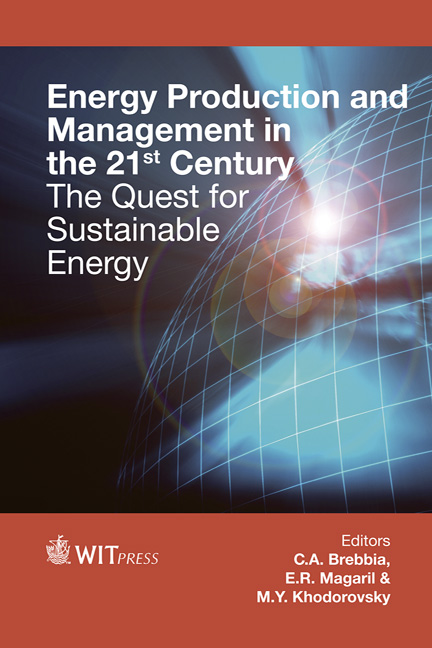Environmentally Safe Techniques In The Recycling Of Mercury-containing Materials
Price
Free (open access)
Transaction
Volume
190
Pages
6
Page Range
551 - 556
Published
2014
Size
1194 kb
Paper DOI
10.2495/EQ140531
Copyright
WIT Press
Author(s)
I. Maslennikova, V. Kovalev, O. Eronko & T. Grishchenko
Abstract
Protection of the environment can be achieved by creating conditions that ensure the complete absence, or at least minimal content, of hazardous substances in industrial waste. Therefore, in production processes where the main and/or additive product is material with mercury content, the prevention of mercury vapor emissions into the atmosphere is an essential prerequisite for safety and environmental protection. However, achieving these indispensable safety conditions requires significant energy input. Detailed analysis of existing techniques and equipment for mercury extraction from mercury-containing and mercury-contaminated materials as well as plastics containing waste showed that all of the proposed methods are energy-intensive and cannot entirely remove mercury vapor from the emissions. A new technique of the thermal demercurization of mercury-containing materials has been offered. The original feature of the proposed technique is the distillation and condensation of mercury vapor within an inert gas flow circulating in the closed loop system. The offered technique ensures a substantial reduction in energy consumption while cooling the mercury vapor for its condensation and almost entirely eliminates mercury emissions into the atmosphere. Keywords: recycling of mercury-containing materials, environmental protection, energy consumption, thermal demercurization, inert gas flow, closed gas loop system, closed liquid loop system.
Keywords
recycling of mercury-containing materials, environmental protection,energy consumption, thermal demercurization, inert gas flow, closed gas loopsystem, closed liquid loop system.





